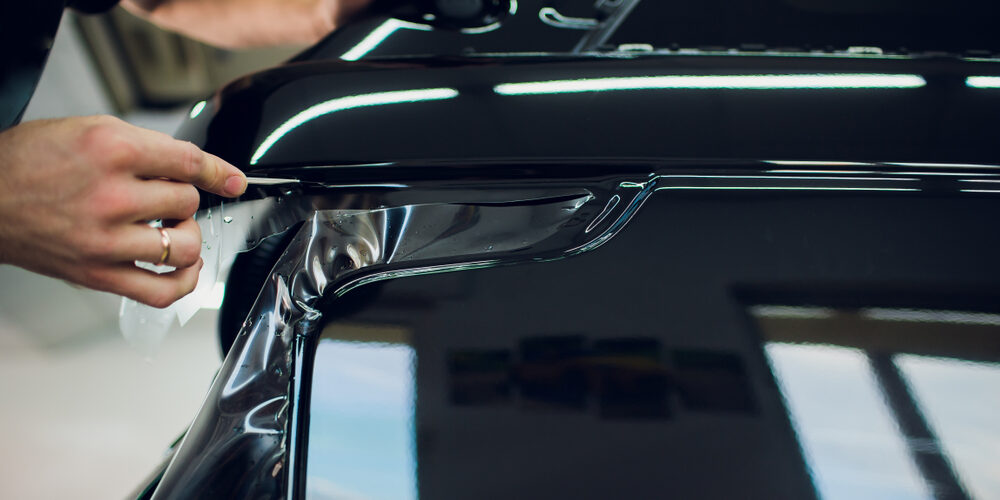Tinted glass, while offering numerous benefits such as UV protection, privacy, and reduced heat, also comes with its own set of challenges. Whether you’re considering tinting the windows of your vehicle or building, it’s vital to weigh both the advantages and potential cons.
Here’s a closer look at the drawbacks of tinted glass that should be considered before making your decision…
Reduced Visibility
One of the primary concerns associated with tinted glass is its impact on visibility
- Nighttime Visibility – Darker tints can significantly reduce a driver’s ability to see outside the vehicle during low-light conditions, potentially increasing the risk of accidents.
- Interior to Exterior Viewing – In buildings, while tinted glass can provide privacy during the day, it can also affect the clarity of the view outside, particularly in dimly lit conditions.
Legal and Regulatory Restrictions
Tinted windows are subject to various laws and regulations, which can be a downside for those unaware of the specifics
- Varying Legal Limits – The allowable tint darkness (measured as Visible Light Transmission or VLT%) varies by jurisdiction, making it crucial to research and comply with local laws to avoid fines and the need for removal.
- Periodic Changes – Regulations can change, necessitating staying informed to ensure ongoing compliance.
Impact on Signal Reception
Certain types of tinted window films, especially those containing metallic elements, can interfere with electronic signals
- Electronic Device Interference – Tints with metallic components can disrupt the reception of cell phones, GPS devices, and radio signals within vehicles.
- Building Connectivity Issues – In homes and offices, metalized tints might affect Wi-Fi and other wireless communication signals.
Maintenance and Longevity Concerns
Tinted glass requires specific care to maintain its appearance and functionality
- Cleaning Precautions – Special cleaning solutions and techniques are recommended to prevent damage to the tint film.
- Potential for Peeling and Bubbling – Improper installation or wear and tear over time can lead to peeling, bubbling, or discoloration, impacting aesthetics and necessitating repair or replacement.
Aesthetic and Personal Preference
The appearance of tinted glass may not align with everyone’s aesthetic preferences or architectural designs
- Uniformity and Style – Tinted windows can alter the external appearance of a building or vehicle, which may not be desirable or may not fit with certain architectural styles.
- Personal Preference – Individual preferences vary, and what might enhance privacy and comfort for one person could detract from the natural light and openness valued by another.
While tinted glass offers numerous benefits, including enhanced privacy, UV protection, and improved energy efficiency, the potential drawbacks such as reduced visibility, legal constraints, signal interference, maintenance requirements, and aesthetic considerations must be carefully weighed. For vehicle owners and property managers alike, understanding these cons is crucial for making an informed decision that balances the advantages of tinted glass with its challenges. Consulting with professionals and adhering to local regulations can help maximize the benefits while minimizing the downsides.






